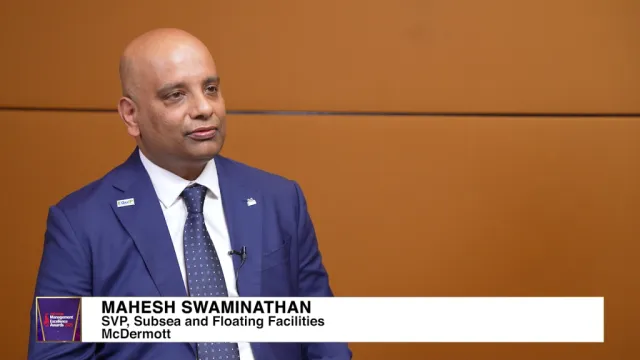
Employers in Asia see budgets strained as insurers tighten coverage
63% of insurers in Asia expect to cut coverage to manage rising costs in 2026.
Asian employers are bracing for a significant rise in healthcare costs next year, with insurers projecting an average medical trend rate of 12.5% for 2026.
The Philippines is expected to see the second-highest increase at 16%, just behind Indonesia’s 17.8%, far outpacing the country’s projected inflation of 2.9%.
Mercer Marsh Benefits (MMB) says 63% of insurers in Asia expect to cut coverage to manage rising costs in 2026, up from 43% in 2025.
MMB’s Health Trends report, based on a survey of 268 insurers across 67 markets, shows that most Asian markets will experience double-digit increases for the sixth consecutive year.
Malaysia, Thailand, Singapore, Vietnam, and Hong Kong are projected to see trend rates between 10.5% and 15%.
Rising costs are being driven by a higher incidence of medical conditions, more expensive treatments, and general medical inflation.
Cancer, circulatory, and respiratory diseases account for the largest claims.
Insurers highlight high-cost claimants, inefficiency and waste, and an ageing population as major concerns for the next three years. Mental health coverage remains limited, with only 31% of insurers in Asia including counselling.
Steven Yu, Mercer Marsh Benefits Asia leader, warned that cutting benefits may ease budgets in the short term but shifts financial risk to employees and can affect retention.
He recommends that employers work with insurers on data-driven plan designs, target high-cost claimants, reduce inefficiency, and invest in preventive care and mental health.
Rising trend rates mean higher costs for employers, reduced protection for employees, and potential retention challenges.
The report notes that 37% of insurers are seeing more members reach lifetime limits, often resulting in ad-hoc exceptions that shift costs onto staff.
Preventive measures, such as cancer screenings and regular primary care visits, could help catch issues early, reducing future costs and supporting long-term workforce wellness.



















 Advertise
Advertise









